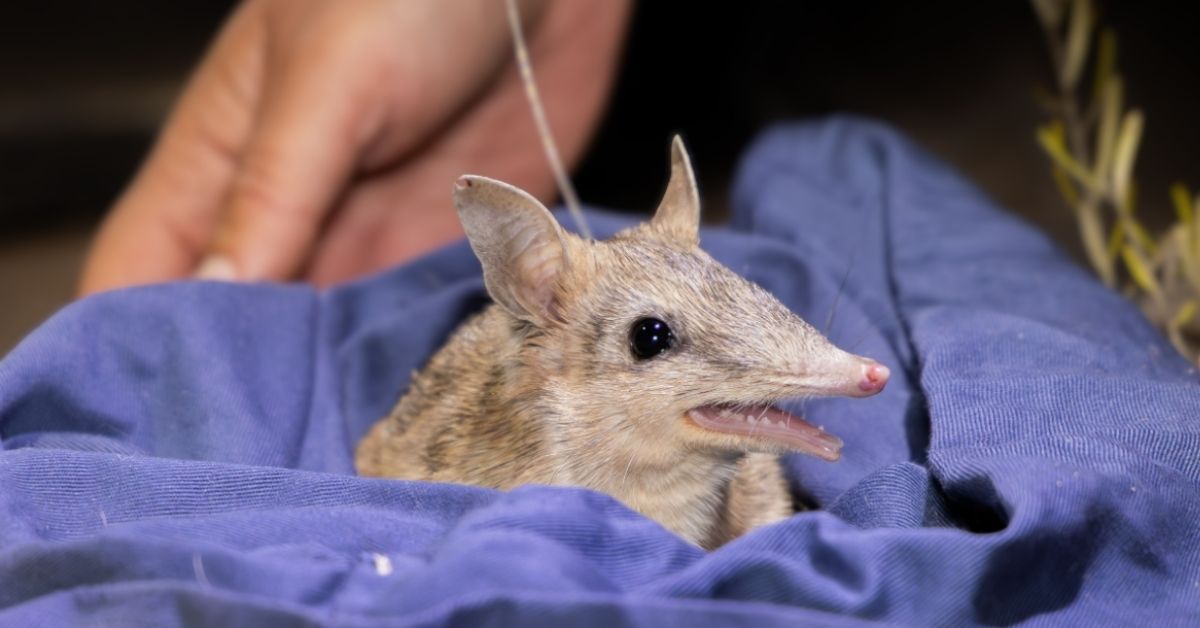The Behren’s silverspot butterfly, a rare, bright orange species, is finally making a return to Northern California.
Along the coast, conservationists from multiple agencies will work together to execute a four-year plan to restore the butterfly’s population in the region.
The species was listed as federally endangered in 1997, but numbers continued to decline. Over the past 15 years, only 92 sightings of the Behren’s have been documented.
Part of this is due to large butterfly poaching schemes in the region, as a handful of people have dwindled wild populations down to dire straits.
Additionally, a U.S. Fish and Wildlife recovery plan from 2016 named “the degradation and loss of habitat as a result of developmental and agricultural practices” as a main cause of this population strain. Invasive species have also taken over the butterfly’s habitat in the region.
So bringing back early blue violets — which are the only plant that Behren’s larvae and caterpillars can eat — is a first major step in reintroducing the population back to the coast.

Supported by a $1.5 million grant from the State of California Wildlife Conservation Board, the Mendocino Land Trust will plant 35,000 early blue violets in the area, spanning 53 acres.
The new funding also ramps up conservation efforts led by the Sequoia Park Zoo, California State Parks, the Bureau of Land Management, the Laguna Foundation, and Wynn Coastal Planning & Biology.
For the past three years, scientists at Sequoia Park Zoo have been doing their part to breed caterpillars in captivity.
These caterpillars, which have been raised from eggs laid at the zoo by female butterflies captured in the wild, are currently in a state of ‘diapause,’ in which they do not need to eat or drink.
“They’re not actually asleep but still dormant and not growing,” Christine Damiani, the director of Sequoia Park Zoo’s butterfly conservation project, told the North Coast Journal.
As winter thaws into spring, Damiani and her team of volunteers will help raise the caterpillars into their final stages of development to be released into the wild and feast on the newly planted violets.

The females who laid these eggs also received a nectar solution with extra nutrients and vitamins to help boost egg production to keep this cycle alive and well.
“Those are going to hopefully result in a few butterflies existing on the landscape that went through all of those natural selection pressures and are strong butterflies,” USFW biologist Clint Pogue told the North Coast Journal.
“Our main concern is first preventing extinction, but we want to make sure that we're preventing extinction with a healthy population, and that's good genetics and good adaptability.”
According to Speyeria Conservation and Research, there are 1,412 captive caterpillars currently in diapause at the zoo. This will help contribute to the joint four-year plan to release 600 specimens in the region.

Between these intense population growth efforts, and the support of the State of California Wildlife Conservation Board’s latest grant, specialists are aflutter with hope.
“Members of our diverse working group all specialize in supporting each part of these insects' complex life cycles,” Mendocino Land Trust stewardship project manager Anna Bride said in an announcement.
“From captive rearing and release efforts of the BSB to early blue violet restoration, we’re all passionate about these little organisms and their place in the greater ecosystems of our region.”
“I’m really excited to see how this group is going to advance recovery,” Damiani continued in her conversation with North Coast Journal. “It’s so rewarding to think we may be able to save this one.”
Header images courtesy of Speyeria Conservation and Research



